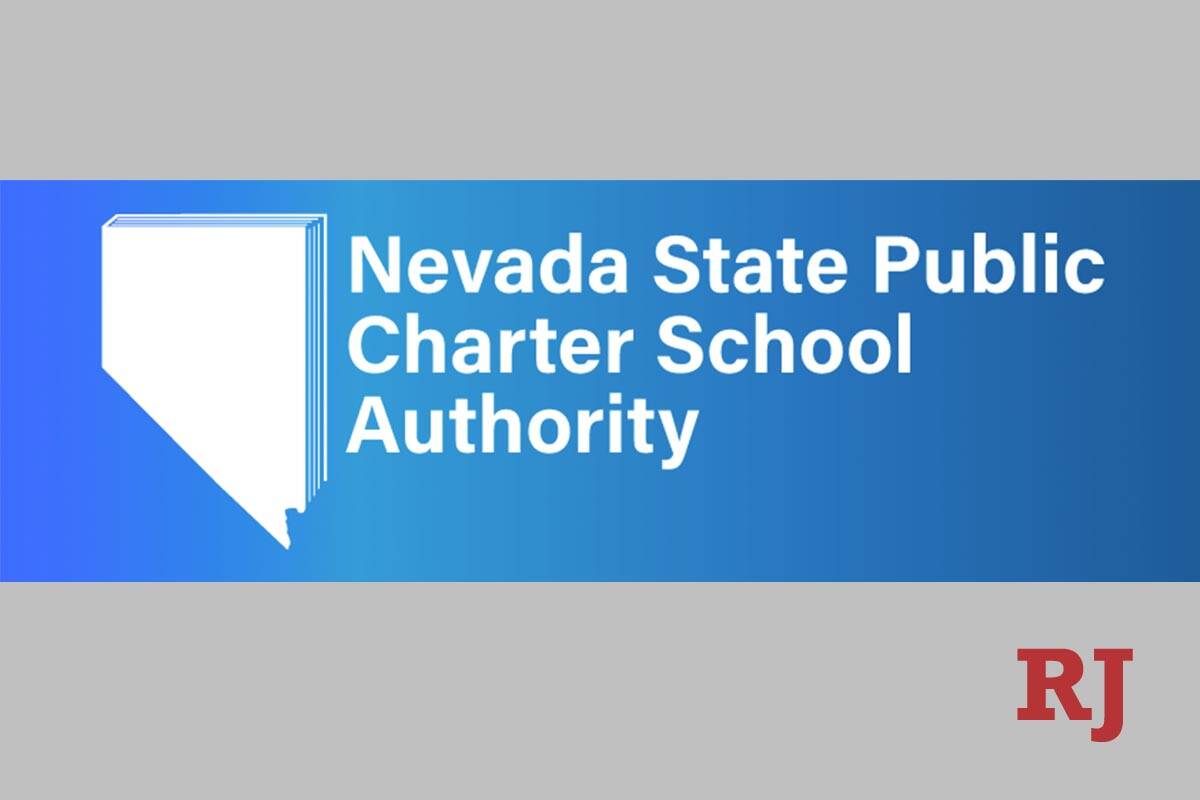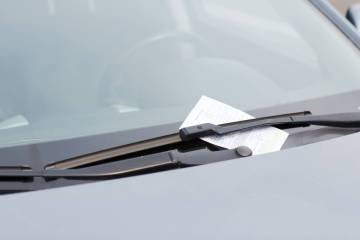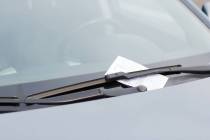State: Charter schools’ weighted lotteries don’t always improve odds
Weighted enrollment lotteries aimed at improving the odds of disadvantaged students getting into Nevada’s public charter schools were largely unsuccessful for the upcoming school year, a state analysis shows.
But individual schools that used a weight of three or higher — essentially, three “tickets” in a lottery — did see a slightly higher acceptance rate.
The Nevada State Public Charter School Authority’s board heard a presentation Monday on the topic, but didn’t take action.
The state’s charter school system — which has a growing number of campuses and more than 50,000 students — has faced some criticism for having a lower percentage of students in underserved groups, such as those living in poverty, than school districts and the state as a whole.
Weighted lotteries, used in Nevada for three years, are “designed to give better chances for admission to specific, qualifying groups of educationally disadvantaged students,” according to meeting materials posted online.
If a campus receives fewer applications than available seats, all students get in. But if there are more applicants than open seats, a lottery is conducted.
“Under a weighted lottery, some students effectively receive more than one ticket,” charter authority Executive Director Rebecca Feiden told the charter authority’s board on Monday. The number of extra “tickets” varies by school.
It’s the first time the authority has seen this level of data about weighted lottery results, Feiden said, and it decided to analyze numbers since more schools have adopted weighted lottery policies.
High demand for few seats
Statewide, seven charter schools with a total of 24 campuses have a weighted enrollment lottery policy. Of those, 21 campuses conducted a lottery earlier this year.
Participating Las Vegas Valley schools included Coral Academy of Science, Pinecrest Academy, Somerset Academy and Founders Classical Academy.
Campuses with weighted enrollment lotteries had 2,098 open seats to fill through a lottery and 13,858 applicants, with a 15 percent acceptance rate overall, according to online meeting materials.
In total, 1,807 applicants who qualified for additional weight were in the lottery. And 268 students, or 15 percent, of those who received extra weight were accepted.
“When examining this data across all schools that implemented a weighted lottery, students who received additional weight did not appear to have a greater chance at acceptance,” according to online meeting materials.
Schools with a weight of three or higher saw, as a whole, a 17 percent acceptance rate.
Results varied by school. For Coral Academy of Science campuses, the acceptance rate was 18 percent for students who received a weight, compared with 11 percent overall.
Need for more data
Weighted lotteries won’t single-handedly address discrepancies in demographics and schools need to use multiple strategies instead, the charter authority concluded.
Feiden told the board the data is important and meaningful, but it’s one year and multiple years of numbers will lead to a clearer understanding.
She said another caveat is results vary significantly from school to school, which isn’t surprising since lotteries are “chance events.”
Also, if a student received a weight, but applied at a grade level where few seats — or none — were available, the likelihood of getting in was “very small” or none, Feiden said.
The weighted lottery system isn’t unique to Nevada and is allowed in 22 U.S. states.
“Again, this is not something we made up,” Feiden said, noting Nevada also wasn’t in the first wave of states to adopt the practice. “This is something that is used across the country.”
Under state regulations, a weighted lottery can be used for students who are “educationally disadvantaged” such as economic disadvantages; students who have a disability; migrant students; those with limited English proficiency; those who are neglected, delinquent or homeless; or those enrolled in a one- or two-star school.
This year, participating schools largely focused on students who qualify for free or reduced-price school meals.
Diversity a goal
One goal under the authority’s five-year strategic plan goals is to improve the diversity of students served by its schools, Feiden said.
Significant progress has been made — especially, with new schools that have opened in the last two years with student bodies much more representative of the state’s demographics, she said.
The authority has also required 14 schools to create recruitment and enrollment plans to better represent the local community – particularly, students who qualify for free or reduced-price school lunches.
Board member Mallory Cyr asked Monday if families who qualify free or reduced-price school lunches must provide documentation in order to get a weight during an enrollment lottery.
Feiden said they are required to provide proof. She said she has heard from campuses that some families have indicated they’re interested, though, but didn’t submit paperwork.
Families have the option of applying without that paperwork, she said, but they’d receive just one ticket in the lottery and no weight.
Cyr said she thinks a lot of public education is needed on weighted lotteries and she’s curious how schools shared the message with prospective families.
Contact Julie Wootton-Greener at jgreener@reviewjournal.com or 702-387-2921. Follow @julieswootton on Twitter.























